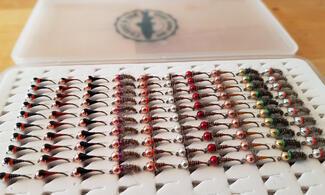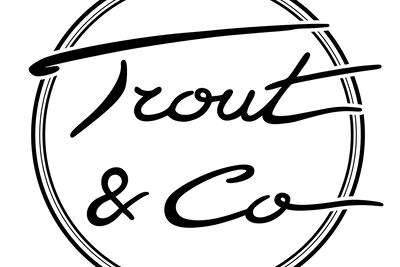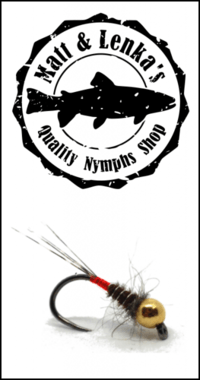Euro nymphing, called as well Czech nymphing, Spanish nymphing or French nymphing, is a declination of fly-fishing techniques that considerably evolved during the last few years. It is more and more popular for those after efficiency and comfort. In this article, we will expose the basis of this particular technique to help you understand how it works.
What is euro nymphing?
By opposition to sight nymphing, euro nymphing is a blind fishing technique. It involves presenting one or two nymphs (usually with tungsten bead head) in attractive looking pools. You don’t need to have spotted any fish beforehand. In order to success in Euro nymphing, the fisherman needs a good amount of knowledge about the rivers and the trout behaviour. The weight of the nymphs is carefully selected according to the current strength, the depth and the level of the water column where you are about to fish. It will need to be heavy enough to drift following the current line just above the bottom without getting snagged.

Euro nymphing technique : fishing action
To cast the nymphs, you need to shoot with your wrist but will not use the inertia of the fly line. After the impact on the surface, the rod will be positioned to an angle around 45°. The nymphs drift will be followed and the bites detection is made by a coloured indicator. It will be a fluorescent section of line just above the tippet.
Deux types of French Euro nymphing exist :
- Plate line: as indicated by its name, the coloured indicator drifts inertly on the surface. The line is often composed by only one light nymph (less than 3 mm bead head). After the impact of the nymph, the line stays straight in the pool in order to drift naturally and the indicator stays on the surface.
- Classic Euro nymphing: in this modern nymphing technique, after the impact of the nymphs, the indicator is maintained roughly 45° from the surface. If you keep your rod at 45° and the angle between your line and the tip of the rod at 90°, you will have an optimised position to drift and strike. During the drift, the tip of the rod needs to follow your nymphs as they head downstream. It is possible to use one or two nymphs, light or heavy. Nymph, tippet and indicator must drift as parallel to the current as possible.
In both approaches, the left hand must be used to reel the line in excess produced when the nymphs are drifting and coming closer to the fisherman. This recuperation of line is essential to keep your 45° angle between the indicator and the surface, and to be able to strike properly.
The best waterways for Euro nymphing
If sight fishing finds its peak in clear and slow rivers, Euro nymphing is possible in many different waterways. Whitewater and fast current allow a sufficient bearing to the nymphs to drift. So it needs a minimum speed of current to really be effective. The rod usually measures 11’ maximum which limits the amplitude of Euro nymphing if the angles previously raised are respected. The efficient drifts are then located at less than 10 m from the fisherman’s position. Therefore, the fast, small to medium rivers, are the best field of practice for this technique. But it shows its limit as soon as you need to fish further than 10 m.
Using “plate line”, if you are using powerful enough gear (9’6 to 10’ rod with 4 or 5 weight) the fishing can be done further than 10m away.


